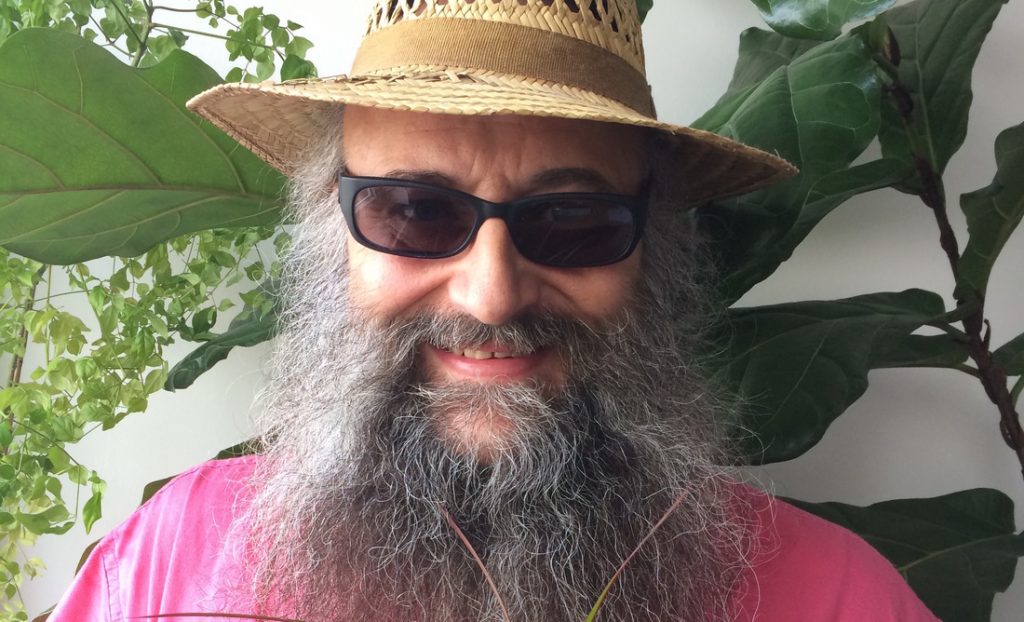INTERVIEW: Michael Carus
Managing Director, European Industrial Hemp Association
Michael Carus is managing director of the European Industrial Hemp Association (EIHA) and founder and managing director of the nova-Institute, researchers and consultants on the bio-based and CO2-based economy. A physicist, Michael is the main author of a wide range of basic reports and policy papers on the bio-based economy in the EU.
HempToday: How would you describe the current shape of Europe’s hemp markets?
Michael Carus: We’ve seen the market continue steady growth. Just look back to 2011 when we had 8,000 hectares in European hemp fields. That figure was 25,000 in 2015, so you can see the dynamics. This won’t stop any time soon. Of course, I would like to see 100,000 hectares in Europe. But overall, the industry is on a good path. I expect double-digit growth per year in the near future — mainly from seed demand, and CBD, depending on regulation.
HT: What else is driving the growth of hemp planting?
MC: A big part of it is the coming online of new players. The Baltic countries, Croatia, Czech Republic, Slovakia, Poland and others. It means almost all EU countries are now into hemp cultivation, most of it seed for food.
HT: Who are the players working the hemp food value chain?
MC: Hemp-seed-based food begins showing up in the mass market through supermarket networks, like Aldi in Germany and Albert Heijn Holland. In Germany now, we even have marketing spots on the radio advertising hemp foods. The legacy hemp companies are working at the trading level, and between them and the retailers are a lot of creative, smaller companies developing more and more products for the market, and doing the marketing.
HT: So the food sector is the most dynamic now?
MC: Sure, and it makes a lot of sense. First, the processing of seeds into food is fairly simple compared to hemp fibre and shiv processing. Plus the demand is there as people adopt healthier lifestyles and as they learn about the benefits of hemp.
HT: What about health products? And CBD?
MC: Also very dynamic. If we talk about hemp flowers for pharmaceuticals and health supplements, it’s around 500 tons now while a few years ago was only 10 tons harvested flowers. On CBD, it’s important that a regulatory framework be established. For now, it’s been a grey market, and there were a couple of years when that was very good for certain farmers. They made big profits. But that’s over now, we see overproduction on the market and the CBD prices are decreasing. Anyway, EIHA is working on some proposals regarding regulation of CBD.
HT: Regulation at the EU level?
MC: Of course. Without it the market will be limited. The pure medical market is one thing. More complex could be the marketing of CBD extracts as food supplement and to avoid to become a “novel food”. It needs a regulatory framework to get the market developed to its potential.
HT: Is there support at the EU level for hemp as a crop, and the whole range of potential products?
MC: You’d be surprised about the EU. A lot of people complain about Brussels, but I can tell you there’s a lot of expertise there, and when we talked with them recently they already knew about hemp’s possibilities, and everything we talked with them about they were in good agreement. We had a very open discussion.
HT: EIHA’s reports show natural-fibre-based plastics are more and more prevalent in cars? Why did carmakers turn to these materials?
MC: Mostly because they are price competitive with traditional plastics along with obvious environmental benefits. Companies like Audi, BMW, Mercedes and some of the French carmakers are using biocomposites in the interiors of their mid-range and luxury size vehicles. Some have as much as 25 kilos of hemp fibres in them. So the demand is steady. This is a stable and established market for hemp. End of the year, hemp fibre will be the first and only natural fibre with a sustainability certification in the world (ISCC+ standard). This could lead to increasing demand for hemp fibres in the automotive industry.
HT: What about the market for shivs, especially the construction market?
MC: The main market for shivs is still mostly horse bedding and other kinds of animal bedding. Hemp construction is a very important sector. It’s still small, but with the right marketing — again keeping in mind people’s wishes for a healthier lifestyle — it could really grow. There was some interest in hemp shiv particle board a few years ago, but that market seems to be dormant right now. That’s mainly about marketing to overcome a significant price difference between wood chips and hemp shivs, and getting the message across of a light board and that living in a hemp environment is truly healthy.
HT: What can we expect at this year’s 13th annual EIHA conference?
MC: We have about 35 speakers covering agriculture and harvesting, construction, sustainability, food, and CBD and medical. We expect at least 250 people from more than 40 countries will attend, with a big delegation already signed up from China. It is the most important yearly event on industrial hemp in the world.

